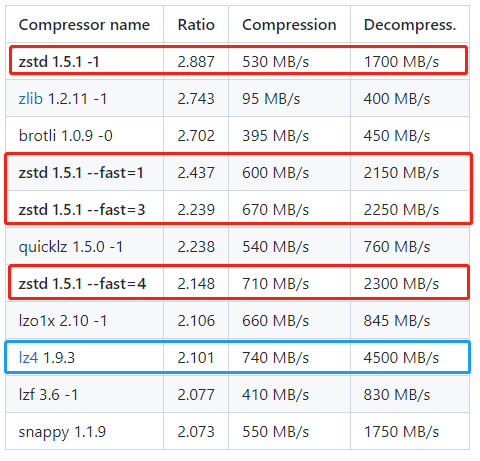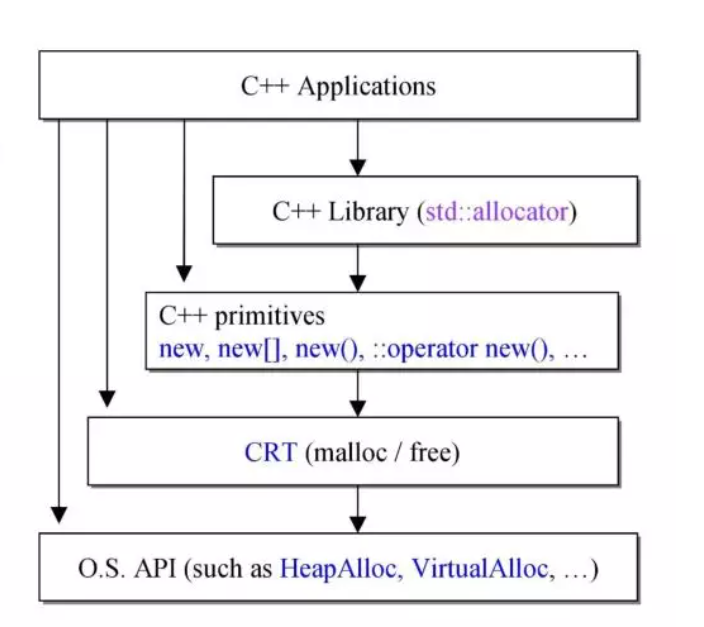这篇文章主要介绍了多模态医学图像配准与融合的概念、方法及意义,最后简单介绍了小波变换分析方法。感兴趣的小伙伴可以跟随小编一起学习一下
一、图像融合简介
应用多模态图像的配准与融合技术,可以把不同状态的医学图像有机地结合起来,为临床诊断和治疗提供更丰富的信息。介绍了多模态医学图像配准与融合的概念、方法及意义。最后简单介绍了小波变换分析方法。
二、部分源代码
clear; close all; clc; warning off
%% A Novel Multi-Modality Anatomical Image FusionMethod Based on Contrast and Structure Extraction
% F = fuseImage(I,scale)
%Inputs:
%I - a mulyi-modal anatomical image sequence
%scale - scale factor of dense SIFT, the default value is 16
%% load images from the folder that contain multi-modal image to be fused
%I=load_images('./Dataset\CT-MRI\Pair 1');
I=load_images('./Dataset\MR-T1-MR-T2\Pair 1');
%I=load_images('./Dataset\MR-Gad-MR-T1\Pair 1');
% Show source input images
figure;
no_of_images = size(I,4);
for i = 1:no_of_images
subplot(2,1,i); imshow(I(:,:,:,i));
end
suptitle('Source Images');
%%
F=fuseImage(I,16);
%% Output: F - the fused image
F=rgb2gray(F);
figure;
imshow(F);
function [ F ] = fuseImage(I,scale)
addpath('Pyramid_Decomposition');
addpath('Guided_Filter');
addpath('Dense_SIFT');
tic
%%
[H, W, C, N]=size(I);
imgs=im2double(I);
IA=zeros(H,W,C,N);
for i=1:N
IA(:,:,:,i)=enhnc(imgs(:,:,:,i));
end
%%
imgs_gray=zeros(H,W,N);
for i=1:N
imgs_gray(:,:,i)=rgb2gray(IA(:,:,:,i));
end
%
% %dense sift calculation
dsifts=zeros(H,W,32,N, 'single');
for i=1:N
img=imgs_gray(:,:,i);
ext_img=img_extend(img,scale/2-1);
[dsifts(:,:,:,i)] = DenseSIFT(ext_img, scale, 1);
end
%%
%local contrast
contrast_map=zeros(H,W,N);
for i=1:N
contrast_map(:,:,i)=sum(dsifts(:,:,:,i),3);
end
%winner-take-all weighted average strategy for local contrast
[x, labels]=max(contrast_map,[],3);
clear x;
for i=1:N
mono=zeros(H,W);
mono(labels==i)=1;
contrast_map(:,:,i)=mono;
end
%% Structure
h = [1 -1];
structure_map=zeros(H,W,N);
for i=1:N
structure_map(:,:,i) = abs(conv2(imgs_gray(:,:,i),h,'same')) + abs(conv2(imgs_gray(:,:,i),h','same')); %EQ 13
end
%winner-take-all weighted average strategy for structure
[a, label]=max(structure_map,[],3);
clear x;
for i=1:N
monoo=zeros(H,W);
monoo(label==i)=1;
structure_map(:,:,i)=monoo;
end
%%
weight_map=structure_map.*contrast_map;
%weight map refinement using Guided Filter
for i=1:N
weight_map(:,:,i) = fastGF(weight_map(:,:,i),12,0.25,2.5);
end
% normalizing weight maps
%
weight_map = weight_map + 10^-25; %avoids division by zero
weight_map = weight_map./repmat(sum(weight_map,3),[1 1 N]);
%% Pyramid Decomposition
% create empty pyramid
pyr = gaussian_pyramid(zeros(H,W,3));
nlev = length(pyr);
% multiresolution blending
for i = 1:N
% construct pyramid from each input image
% blend
for b = 1:nlev
w = repmat(pyrW{b},[1 1 3]);
pyr{b} = pyr{b} + w .*pyrI{b};
end
end
% reconstruct
F = reconstruct_laplacian_pyramid(pyr);
toc
end
三、运行结果
四、matlab版本
matlab版本
2014a
以上就是基于matlab对比度和结构提取的多模态解剖图像融合实现的详细内容,更多关于matlab 多模态解剖图像融合的资料请关注编程学习网其它相关文章!
沃梦达教程
本文标题为:基于matlab对比度和结构提取的多模态解剖图像融合实现


猜你喜欢
- Qt计时器使用方法详解 2023-05-30
- C++ 数据结构超详细讲解顺序表 2023-03-25
- C语言详解float类型在内存中的存储方式 2023-03-27
- 我应该为我的项目使用相对包含路径,还是将包含目录放在包含路径上? 2022-10-30
- ubuntu下C/C++获取剩余内存 2023-09-18
- 详解C语言中sizeof如何在自定义函数中正常工作 2023-04-09
- C语言手把手带你掌握带头双向循环链表 2023-04-03
- C语言qsort()函数的使用方法详解 2023-04-26
- Easyx实现扫雷游戏 2023-02-06
- c++ const 成员函数,返回一个 const 指针.但是返回的指针是什么类型的 const? 2022-10-11









